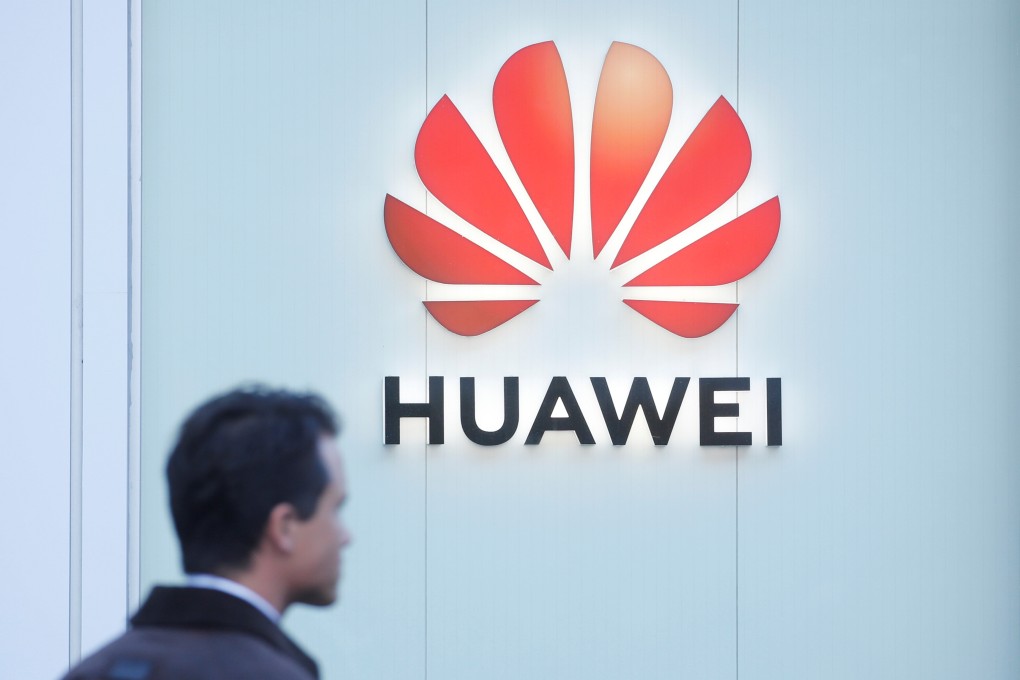Inside China Tech: are the chips down for Huawei?
- The world’s largest telecommunications equipment vendor has stockpiled chips for its 5G base stations to last until the first half of next year
- Chinese chip foundry Semiconductor Manufacturing International Corp may become a major supplier for Huawei

Hello, This is Bien Perez from the South China Morning Post’s Technology desk, with a wrap of our leading stories this week.
Despite recent moves by China to achieve greater self-sufficiency in strategic areas of technology, semiconductor design and production remains a complex industry that requires decades of research and development to advance. Meanwhile, the US just turned up the heat.
“Huawei has no domestic substitutes for chip making in the short term,” said a Shanghai-based economist, who requested anonymity because of the sensitive nature of the topic. “It would take not only money, but require joint efforts of generations of engineers and scientists slogging away at basic scientific research to make progress in the semiconductor sector.”

05:22
Huawei founder on cybersecurity and maintaining key component supply chains under US sanctions